I want to make a battery charger discharger with an arduino, to be able to plot graphs. And afaik N mosfets are better in terms of Ron and cheaper and easier to find. I have only N mosfets by the hand, so i decided to use only them, as a design restriction rule.
As a starting point i've opened a simple tutorial of charger, which offers following schematics:
Everything is transparent here: only one transistor, no magic with opening N-mos gate, and a 5V rail is constantly availble to Arduino.
However here are some drawbacks, that I dont know how to solve yet:
- Major is that I totally stuck, trying to think of discharging circuit. I simply cannot short circuit 5V rail to the ground.
- Minor is If 5V rail is disconnected from supply and charging is off there is no hope to start arduino from battery
- Need to choose discharge current, I saw that variable CC-load is possible.
P-mos and changes to schematics could easily solve each. Is there a way to go for a design with N-mosfets only?
PS: Long ago, my math teacher used to say: "If it's impossible - why? If it's possible - how?", while posting an interesting task.


